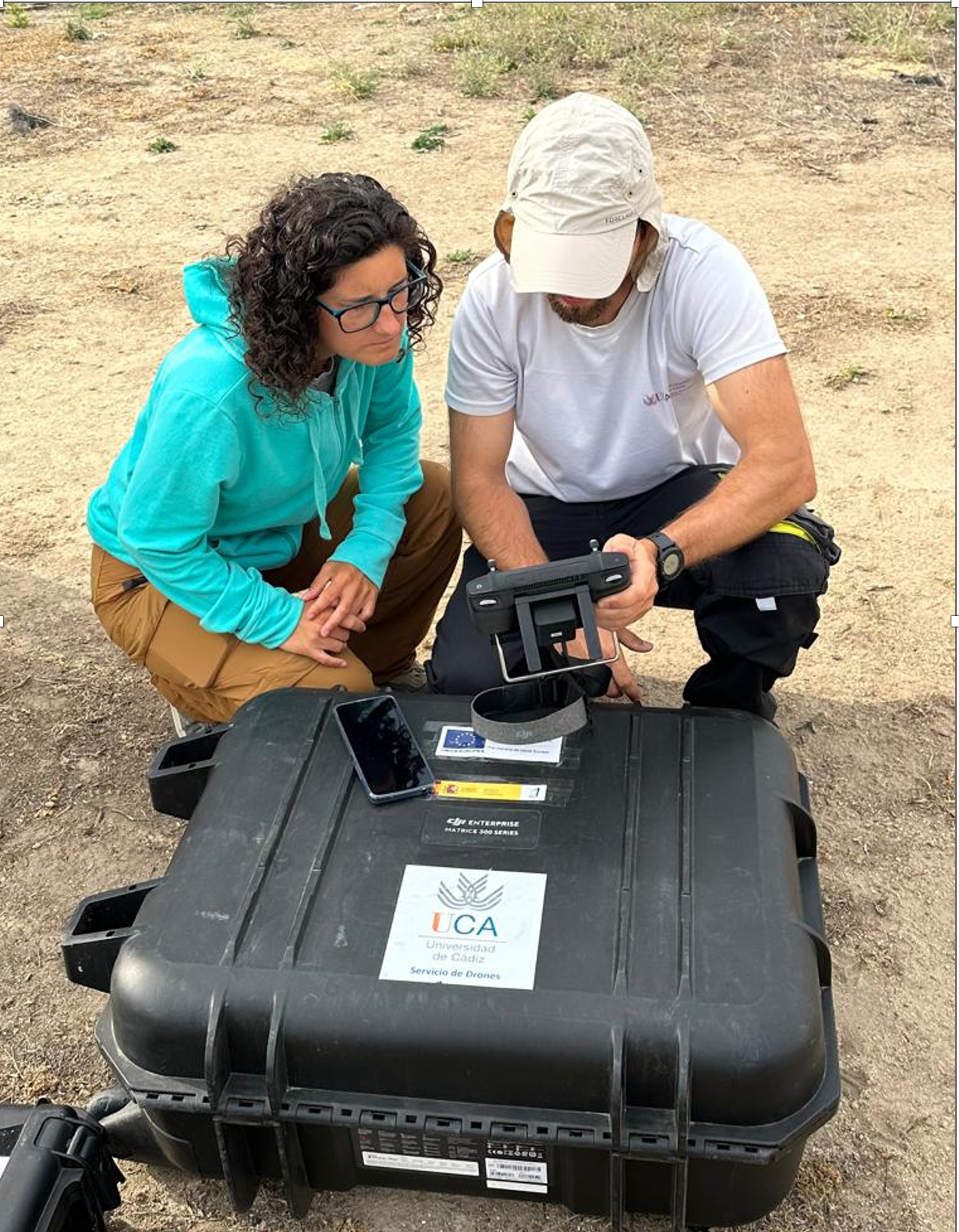Archaeologists unearth ‘hidden empire’ after discovering long-lost Roman city
The team of archaeologists found unprecedented 57 Roman Empire-era sites
Archaeologists in Spain have uncovered a trove of ancient Roman settlements that could point to the existence of a “hidden empire” previously unknown to historians.
When researchers from University of Cádiz embarked on their exploration in the Guadalete area in 2023, they only expected to find a few remnants of Roman influence.
Instead, they unearthed 57 sites revealing a complex interconnected web of settlements that may reshape the understanding of Roman history in the area.

The sites were scattered across the Spanish regions of Arcos de la Frontera, Bornos Villamartin and Puerto Serrano and were originally linked by trade and communication routes along the Guadalete river.
Experts believe the sheer number of settlements and their strategic locations suggest the area was far more significant during the Roman era than previously thought.
The excavation led by Professor Macarena Lara marks the first time these sites have been studied offering fresh insights into the Roman Empire’s presence in southern Spain.
Many of these locations were first identified in the 1980s and 1990s but had not been fully explored until now.

As part of the ambitious project, the team employed cutting-edge technology, including ground-penetrating radar to detect structures buried beneath the surface.
The advanced method allowed researchers to identify wall structures used by the Romans that were not visible to the naked eye.

The team began the intense excavation of the Roman villa of El Cañuelo in Bornos where they uncovered key details about the villa including walls that separated residential areas from workplaces.
Archaeologists said in a report: “The objective is to understand the interaction between the Bay of Cádiz and the settlements in the Guadalete River depression during the Roman period, an aspect that has remained practically unknown until now.”
They believe the interaction could reveal how the Romans integrated this inland region into their broader empire across Europe.
The Roman settlement of the Guadalete River is believed to date back to the Roman conquest of Spain in 264BC, but researchers are still working to confirm the exact dates of the newly discovered structures.
Professor Lara said the data uncovered so far represents a meaningful foundation for their ongoing research.
In a statement, she said: “Our main objective is to continue carrying out excavations and surveys with non-traditional techniques and tools that will be completed with the study of the contexts found, as well as analyse techniques on the documented materials that will allow us to obtain a holistic vision of the Roman settlement and the territory in the area around the Bornos and Arcos de la Frontera reservoirs.”




Join our commenting forum
Join thought-provoking conversations, follow other Independent readers and see their replies
Comments